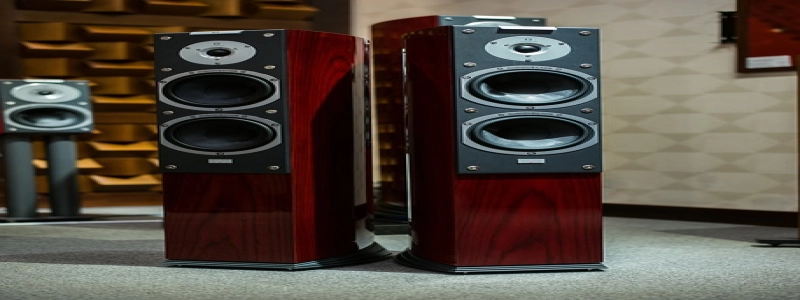Light Wavelength Measurement Device
I. Introduction
In the field of optics and photonics, the accurate measurement of light wavelength is crucial for many applications such as spectroscopy, optical telecommunications, and quantum physics research. A light wavelength measurement device plays a crucial role in determining the energy levels and properties of light waves. This article describes a state-of-the-art device for measuring light wavelength and discusses its components and functionality.
II. Components of the Device
The light wavelength measurement device consists of several key components that work together to accurately measure the wavelength of light.
A. Light Source
The device incorporates a stable and well-calibrated light source that emits light of a known wavelength. This can be achieved using a laser diode or other specialized light-emitting devices. The light source ensures a consistent and reliable reference point for wavelength measurement.
B. Interferometer
An interferometer is an essential component of the light wavelength measurement device. It splits the incoming light beam into two separate beams, which then recombine to generate interference patterns. By precisely measuring the spacing and interference fringes of these patterns, the wavelength of the light can be determined.
C. Detector
The device utilizes a highly sensitive detector to capture the interference patterns generated by the interferometer. The detector converts the light intensity into electrical signals, which are processed by the device’s electronics.
D. Electronics and Data Processing
The electrical signals from the detector are processed by the device’s electronics, which analyze the interference patterns and extract the wavelength-related information. Advanced algorithms are employed to accurately calculate the light wavelength based on the interference patterns.
III. Functionality of the Device
The light wavelength measurement device offers several advanced functionalities that ensure precise and reliable measurements.
A. High Accuracy
The device is designed to provide highly accurate measurements of light wavelength with low uncertainty. Precision engineering and calibration techniques are used during the manufacturing process to minimize errors and ensure the reliability of the measurements.
B. Wide Wavelength Range
The device is capable of measuring a wide range of light wavelengths, spanning from ultraviolet to infrared regions. This versatility enables researchers and engineers to work with a variety of light sources and applications.
C. Real-Time Measurement
The device offers real-time measurement capabilities, allowing users to observe and analyze the light wavelength on-the-fly. This feature is particularly useful in time-sensitive experiments and applications that require immediate feedback.
D. User-Friendly Interface
The device is equipped with a user-friendly interface that enables easy operation and data visualization. Researchers and technicians can navigate through different settings, view measurement results, and export data for further analysis and reporting.
IV. Conclusion
In conclusion, the light wavelength measurement device described in this article offers a powerful tool for accurately and reliably measuring light wavelengths. Its advanced components, functionality, and user-friendly interface make it an indispensable device in various fields, including optics, telecommunications, and scientific research. The device’s high accuracy, wide wavelength range, real-time measurement capabilities, and precise data processing ensure the generation of valuable insights and promote advancements in the field of light wave analysis.







